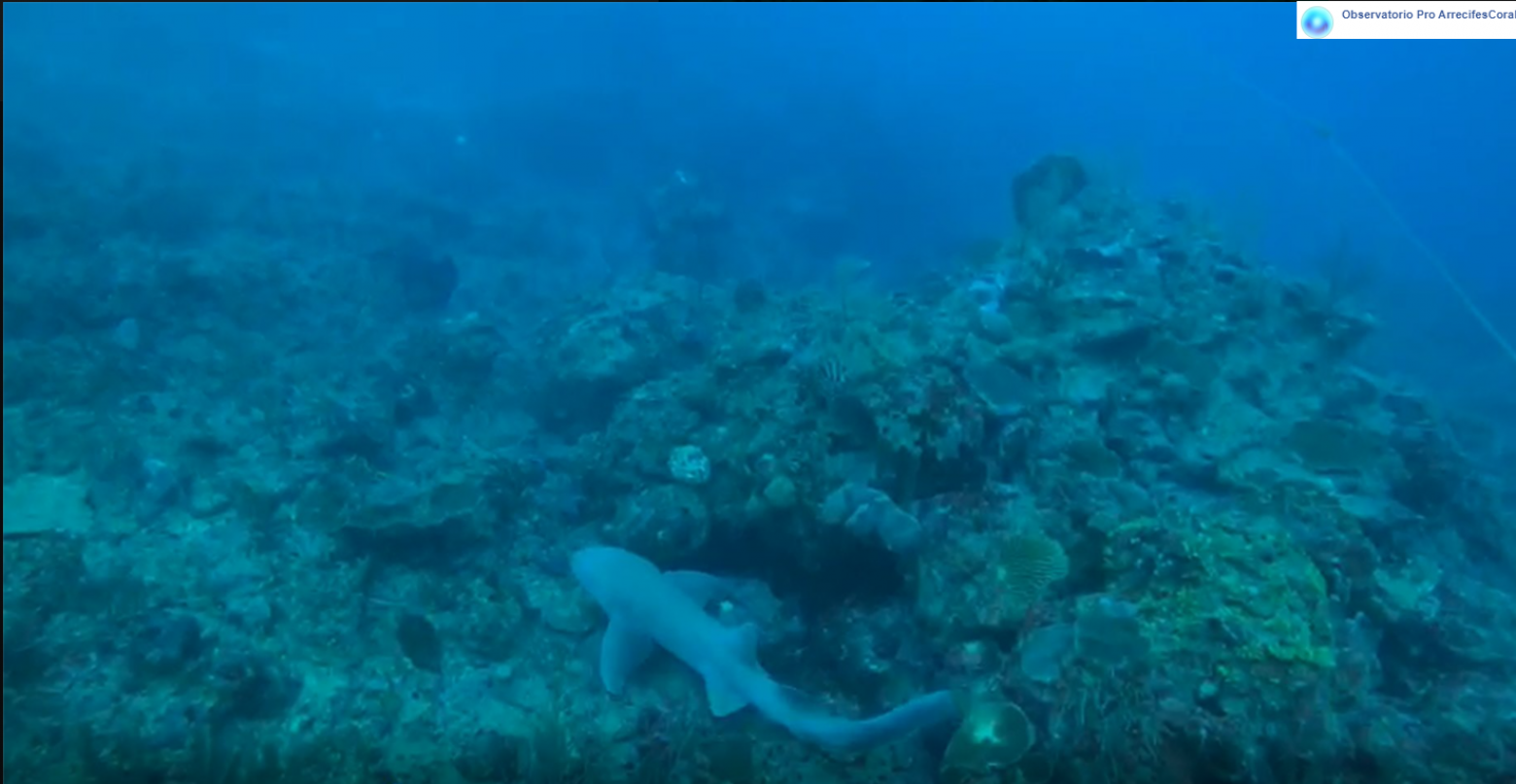The project will rely primarily on local resources. Given the size of Beampingaratsy and the various levels of pressure, it appears that around 30 trained staff will be needed to ensure surveillance and, subsequently, ecological monitoring.
In order to improve the image of the ecoguard profession, the TALAKY project aims to develop a pool of local ecoguards familiar with the objectives, procedures and tools of forest and environmental monitoring. Drawn from local communities or from the ranks of pre-existing Polisin'ala
This pool receives training on the organizational aspects of patrols: frequency, planning, composition; aasite reporting through application of geoODK and the risks of corruption or collusion inherent in the nature of their mission.
To improve surveillance:
- Disconnect the activities of local ecoguards from their home communities
- Diversify the profiles and build the capacities of local ecoguards
- Strengthen links between local ecoguards and the forestry authority.
- Implementation of a patrol monitoring tool (geoodk)
